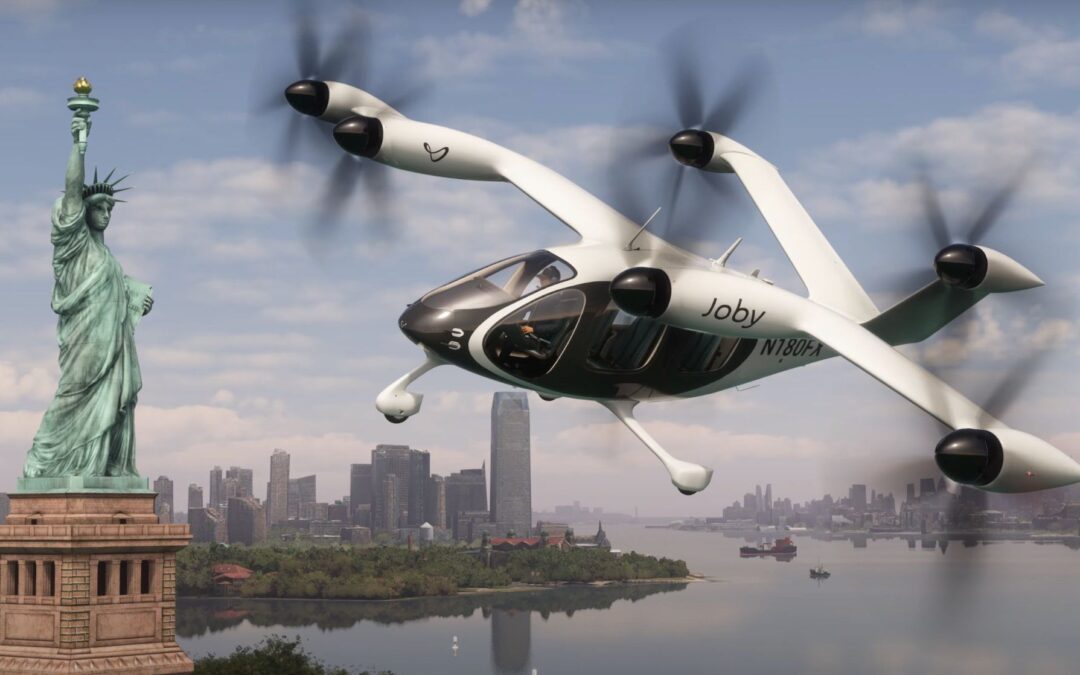The National Business Aviation Association’s publication Aviation Insider recently published an article “How Smaller Business Aviation Operators Do More With Less.” It focuses on how corporate flight departments with three or fewer aircraft – many with only one – maximize resources to meet all their responsibilities in operating safely and efficiently at the same time. Many elements of the “many hats” aspect of operating a one-aircraft corporate flight department could apply to an individual aircraft owner, whether they use their airplane for business or not.
For example, David Keys, who flies an Embraer Praetor 500 midsize jet for a Florida company, discussed prioritizing issues that demand immediate attention, while also ensuring that longer-term responsibilities are met. He said, “When we have an upcoming trip, we focus on rental cars, catering, scheduling and whatever else has to happen. Once we’re sure the trip is scheduled, we have time to look at other concerns like maintenance of the airplane. We just keep working down that must-do list.”
Keys also noted how outsourcing some elements of operating the aircraft can help keep the ball rolling. He said, “We also go to outside vendors to take care of some of those things that we can’t take care of on our own.”
Pooling resources for individual piston aircraft owners would look somewhat different from how light jet or even turboprop operators would create economies of scale. But owner groups such as aircraft type clubs can piggyback on some of the NBAA strategies to help build relationships as a larger entity and share responsibilities among members with expertise in maintenance, training, insurance, tax issues, and other aspects of aircraft ownership.
The post NBAA Small-Fleet Guidance Can Benefit Individual Owners appeared first on AVweb.





